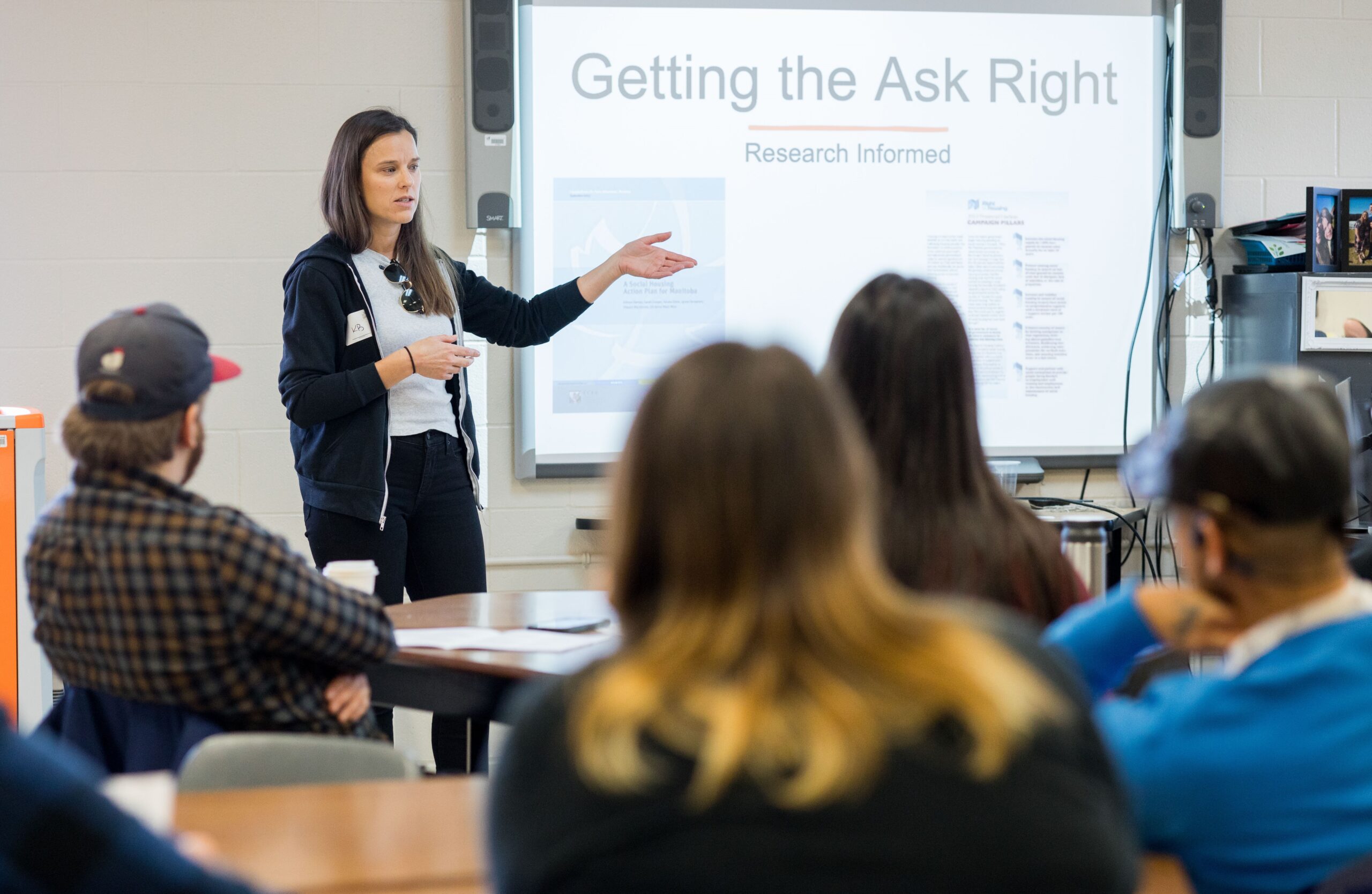Communities need a sympathetic outsider who encourages them, takes the heat out of things, listens and asks questions. Members of a community are often so taken up in the immediate that they lose sight of the whole. They need an outsider to ask them their vision, their work with individuals, the ways in which they meet. I am not talking about an expert, a specialist or a psychologist, but someone with commonsense, and an understanding of people and human relationships who loves the community’s fundamental goals.
Vanier, Jean, Community and Growth; Our Pilgrimage Together, Toronto, Griffin House, 1979, p.70
 I have read with interest some of the material which emerged from ECONOUS2016. I would like to offer some thoughts and ideas which may add value to the overall conference. Although I couldn’t attend the conference, these are a response from someone who has been engaged in community and development activities for the greatest part of my life.
I have read with interest some of the material which emerged from ECONOUS2016. I would like to offer some thoughts and ideas which may add value to the overall conference. Although I couldn’t attend the conference, these are a response from someone who has been engaged in community and development activities for the greatest part of my life.
A lifetime of learning has kept me in awe of local people grappling with the pain of transformation, yet continuing to survive, to adapt to changing circumstances and maintain community as a place and space to enable their children to learn, grow and live.
Most of these people have had to endure everything from war to pestilence and every known legislative, institutional, and policy contrivance to force their abandonment of home, community and what has value; even in peaceful countries.
Currently, there are over 60 million displaced people in the world – all seeking a home and community, and this doesn’t include those in rural areas being suppressed and discouraged by economic polarization and punitive government actions towards further centralization.
The conference did offer the basis of a formula required for a renewal of community development processes. Rankin MacSween presented a vivid example of the tenuous 40 year history of New Dawn Enterprises, Canada’s first community economic development organization and the tenacity required just to maintain this very crucial community institution in Sydney, Nova Scotia.
This formula includes Rankin’s fundamental principles of faith, hope and freedom, which are the underpinning of any community, and the basis of life itself. This was augmented by Angel Gurria, Secretary General of the OECD with his emphasis on the dimensions of inclusivity and bottom up process. It was further enhanced by McGill Professor Henry Mintzberger’s requirement for ‘communityship’ and rebalancing and Jonathan Rosenthal’s recognized need for the weaving of the fabric of human connections. All of these are crucial elements required for the next process of community renewal, a process which is already emerging across the world.
During the conference there was also a great deal of organizational and institution-speak around manifestos, rebranding, the need to more forcefully influence networks of alliances and cross-sector engagement. The contrast between these two perspectives on community development raises the question of who should be in control: the people, or the institutions.
Community development has always emerged from the margins of society as people attempt to stem the tide of change that threatens their very existence. This has been the history of people power throughout the ages, as people pushed to the margins rebel and push back.
Yet, all such rebellions, as they take root, get drawn towards the centre. This is the dynamic by which power-brokers on all sides have used as the means of control of societies.
This is the context that frames my conviction that the way forward in community development lies in an effort to bring equity and fairness to this dynamic and balance to society.
If people engaged in development believe in equity, fairness and balance then our focus should be on the plight of people in the margins where the real action is happening and not at the centre. The centre will always try to direct, contain and control by whatever means are at its disposal.
It is at the margins where most of the pain of change causes hardship, despair and rebellion. It is also where the real opportunities lie for those genuinely interested in people and community and not just a job.
It is here that one needs to listen, challenge and influence in the most positive of ways in order to protect what is left of the “fabric of human connections” that have been so carefully and tenaciously woven over time. People in communities need care and concern, not directing and control; most importantly they need support, which implies presence. A very wise friend and retired Anglican Archbishop, described this concept as ‘a ministry of presence’.
One doesn’t have to look far for the next wave of community development; it is quite evident in the cauldron of unrest that is being experienced globally, as a result of growing impoverishment, displacement and repression. It is all around us even in our own country. It is endemic among youth, whose feelings of exclusion and abandonment are beyond measure. They are rebelling and expressing animosity towards the establishment, just as many of those who comprise it rebelled against the one that existed in the 60’s and 70’s.
It has to be remembered that historically, community development was never about creating jobs, businesses or institutions. It was those in power at the centre that enticed the last incarnation of a community development process into this realm of economy in order to monitor, contain and control it.
Historically, jobs, businesses and intuitions were by-products of the process to strengthen local people’s capabilities through organization, education and communal activities designed to enable them to build better lives for themselves and their families where they lived.
Engagement in this process is the weaving that knits together the strengths, desires and ambitions of people. The aspiration of those who emerge in leadership roles is not to find a job, it is to fulfill their burning inner passion for a better life for all.
The next movement of people and community development is well underway in the protest movements, the efforts to support refugees and those displaced, and in all the assistance being provided at the grass-roots level to those affected by tragedies and destruction.
Local people are responding, organizing and fundraising, without concern for organizational structure, legislated policies or manifestos. They are doing what comes naturally to those who respect basic human values and share concern for others.
Existing organizations and institutions can engage with them to assist and to learn, as local people build their own processes of development that fit with their beliefs and values.
Or they can be left behind to decry their lack of support and direction from the centre. Meanwhile, community transition is underway and it is genuinely rooted in people, not artificial causes or methodologies that have outlived their usefulness.
Local people already have conceived their own answers; what they need is the presence, encouragement and moral support of others so they can transform these inner answers into actions. They mostly need someone who fully understands the basis of ‘a ministry of presence’.
Those with experience can be a valued asset with their presence and perspective, as long as they remember their role as catalysts, and not as experts who know how. It is an imperative in the world to restore the very personal roles of those engaged in community development to that of human relationship building instead of just program delivery.
 William (Bill) Pardy is a longtime CED practitioner who splits his time between Corner Brook, Newfoundland, and international assignments. Read more of his articles and contact him at www.wwpardy.com
William (Bill) Pardy is a longtime CED practitioner who splits his time between Corner Brook, Newfoundland, and international assignments. Read more of his articles and contact him at www.wwpardy.com




